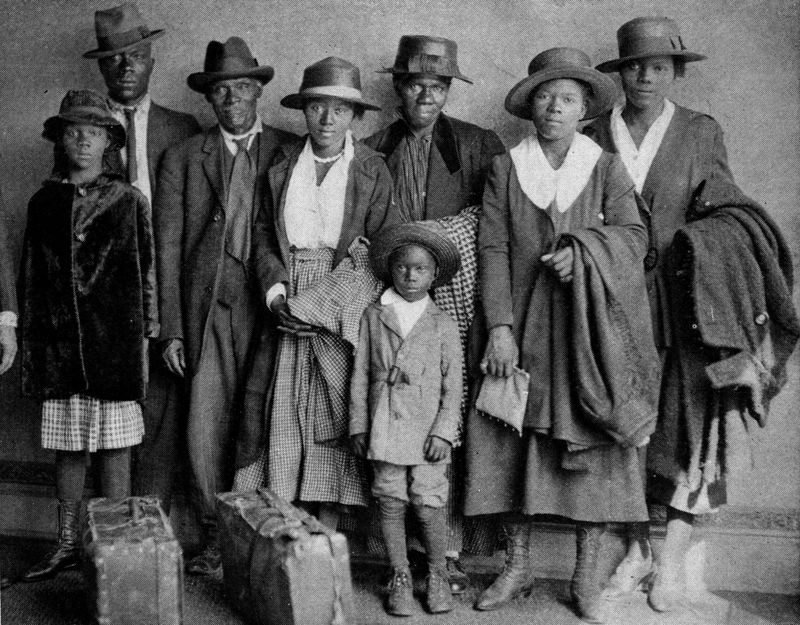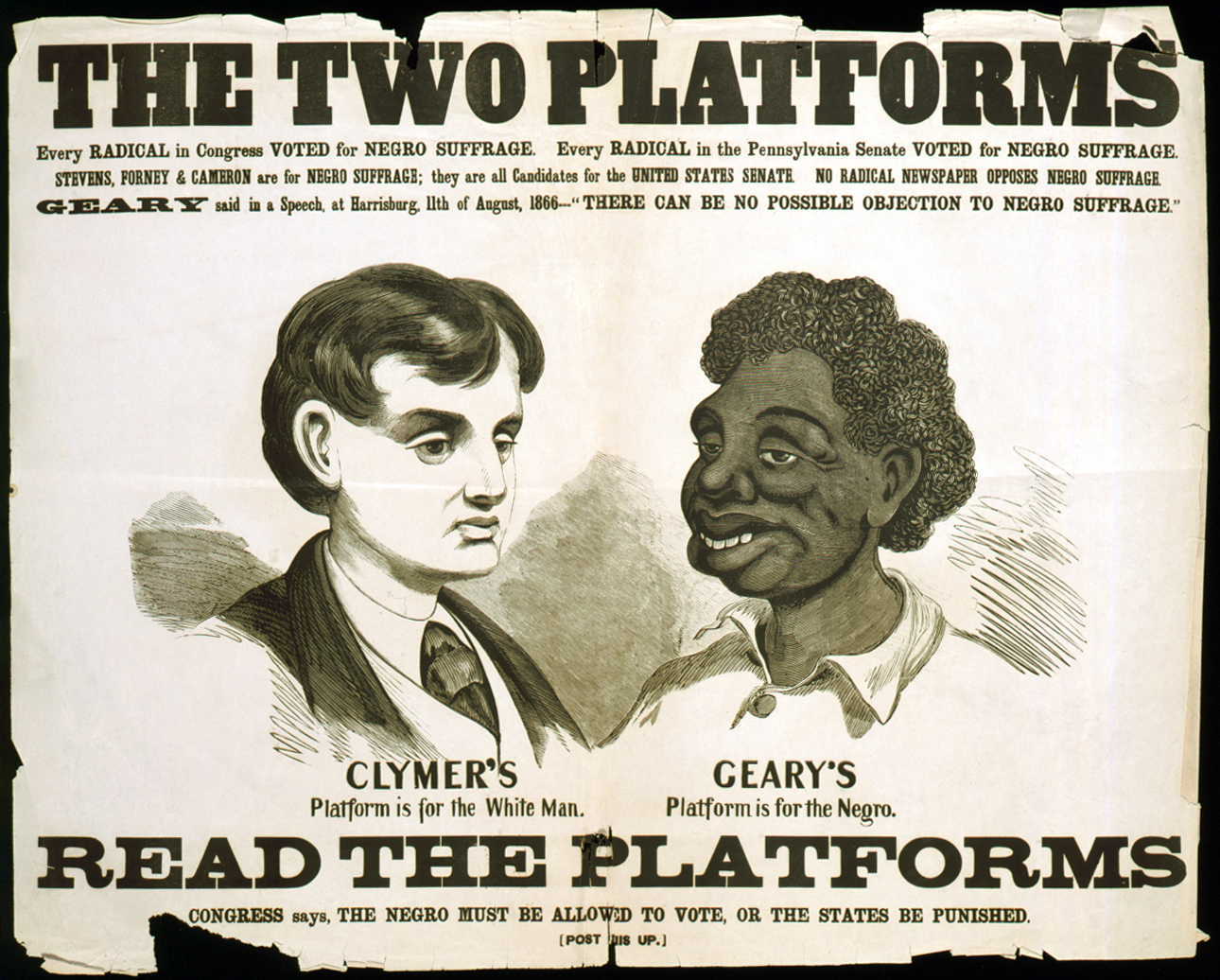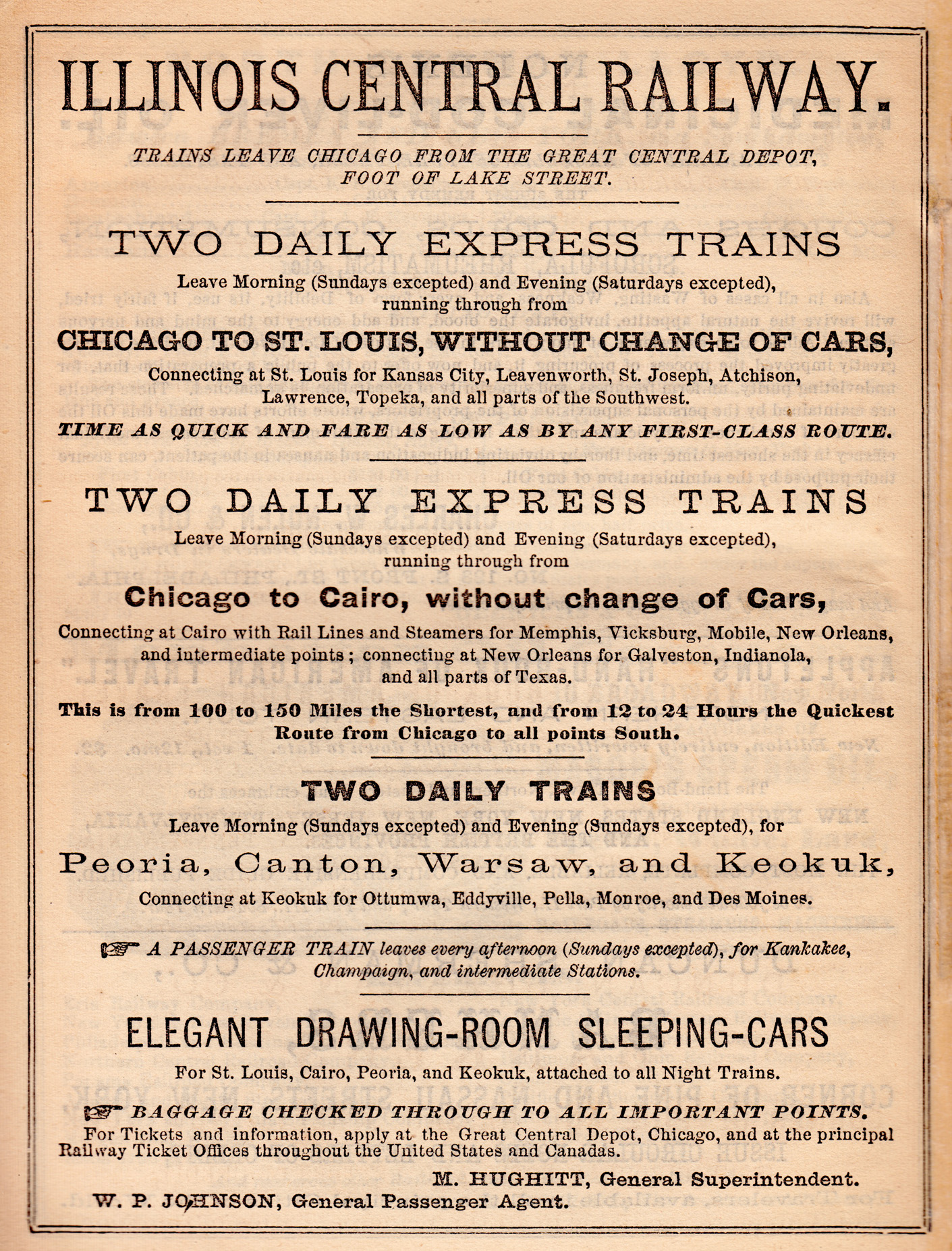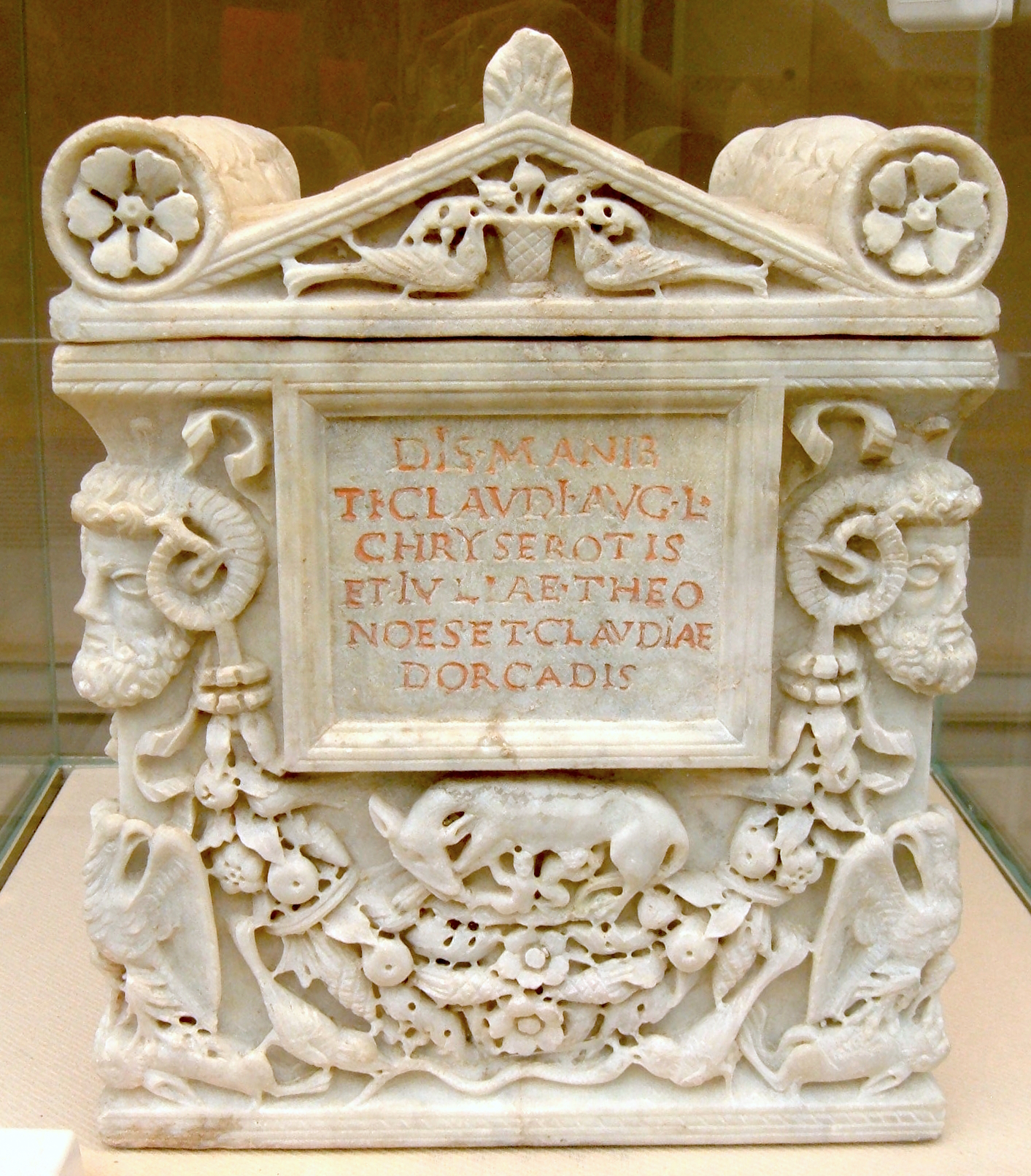|
Tangipahoa Parish, Louisiana
Tangipahoa Parish () is a parish located on the southeastern border of the U.S. state of Louisiana. As of the 2020 census, the population was 133,157. The parish seat is Amite City, while the largest city is Hammond. Southeastern Louisiana University is located in Hammond. Lake Pontchartrain borders the southeastern side of the parish. The name ''Tangipahoa'' comes from an Acolapissa word meaning "ear of corn" or "those who gather corn." The parish was organized in 1869 during the Reconstruction era. Tangipahoa Parish comprises the Hammond, LA Metropolitan Statistical Area, which is also included in the Baton Rouge–Hammond, LA Combined Statistical Area. It is one of what are called the Florida Parishes, at one time part of West Florida. History Tangipahoa Parish was created by Louisiana Act 85 on March 6, 1869, during the Reconstruction era. The parish was assembled from territories taken from Livingston Parish, St. Helena Parish, St. Tammany Parish, and Washingt ... [...More Info...] [...Related Items...] OR: [Wikipedia] [Google] [Baidu] |
Louisiana Parishes
The U.S. state of Louisiana is divided into 64 parishes (; ), making it the only state besides Alaska to call its primary subdivisions something other than "counties." Louisiana's usage of the term "parish" for a geographic region or local government dates back to the Louisiana (New France), French colonial and Louisiana (New Spain), Spanish colonial periods and is connected to parish, ecclesiastical parishes. Thirty-eight Parish (administrative division), parishes are governed by a council called a police jury. The remaining 26 have various other forms of government, including: council-president, Council–manager government, council-manager, parish commission, and consolidated city-county, consolidated parish/city. History Louisiana was formed from French and Spanish colonies, which were both officially Roman Catholic. Local colonial government was based upon parishes, as the local ecclesiastical division. Following the Louisiana Purchase, the territorial legislative counci ... [...More Info...] [...Related Items...] OR: [Wikipedia] [Google] [Baidu] |
West Florida
West Florida () was a region on the northern coast of the Gulf of Mexico that underwent several boundary and sovereignty changes during its history. Great Britain established West and East Florida in 1763 out of land acquired from France and Spain after the Seven Years' War. As its name suggests, it was formed out of the western part of former Spanish Florida (East Florida formed the eastern part, with the Apalachicola River as the border), along with land taken from French Louisiana. Pensacola became West Florida's capital. The colony included about two thirds of what is now the Florida panhandle, as well as parts of the modern U.S. states of Louisiana, Mississippi, and Alabama. As the newly acquired territory was too large to govern from one administrative center, the British divided it into two new colonies separated by the Apalachicola River. British West Florida included the part of former Spanish Florida, which lay west of the Apalachicola, as well as parts of former Fre ... [...More Info...] [...Related Items...] OR: [Wikipedia] [Google] [Baidu] |
Great Migration (African American)
The Great Migration, sometimes known as the Great Northward Migration or the Black Migration, was the movement of six million African Americans out of the rural Southern United States to the urban Northeast, Midwest, and West between 1910 and 1970. It was substantially caused by poor economic and social conditions due to prevalent racial segregation and discrimination in the Southern states where Jim Crow laws were upheld. In particular, continued lynchings motivated a portion of the migrants, as African Americans searched for social reprieve. The historic change brought by the migration was amplified because the migrants, for the most part, moved to the then-largest cities in the United States (New York City, Chicago, Detroit, Los Angeles, San Francisco, Philadelphia, Cleveland, and Washington, D.C.) at a time when those cities had a central cultural, social, political, and economic influence over the United States; there, African Americans established culturally influent ... [...More Info...] [...Related Items...] OR: [Wikipedia] [Google] [Baidu] |
Jim Crow
The Jim Crow laws were state and local laws introduced in the Southern United States in the late 19th and early 20th centuries that enforced racial segregation, " Jim Crow" being a pejorative term for an African American. The last of the Jim Crow laws were generally overturned in 1965. Formal and informal racial segregation policies were present in other areas of the United States as well, even as several states outside the South had banned discrimination in public accommodations and voting. Southern laws were enacted by white-dominated state legislatures ( Redeemers) to disenfranchise and remove political and economic gains made by African Americans during the Reconstruction era. Such continuing racial segregation was also supported by the successful Lily-white movement. In practice, Jim Crow laws mandated racial segregation in all public facilities in the states of the former Confederate States of America and in some others, beginning in the 1870s. Jim Crow laws were ... [...More Info...] [...Related Items...] OR: [Wikipedia] [Google] [Baidu] |
Disfranchisement After Reconstruction Era
Disfranchisement after the Reconstruction era in the United States, especially in the Southern United States, was based on a series of laws, new constitutions, and practices in the South that were deliberately used to prevent black citizens from registering to vote and voting. These measures were enacted by the former Confederate states at the turn of the 20th century. Efforts were also made in Maryland, Kentucky, and Oklahoma. Their actions were designed to thwart the objective of the Fifteenth Amendment to the United States Constitution, ratified in 1870, which prohibited states from depriving voters of their voting rights based on race. The laws were frequently written in ways to be ostensibly non-racial on paper (and thus not violate the Fifteenth Amendment), but were implemented in ways that selectively suppressed black voters apart from other voters. In the 1870s, white racists had used violence by domestic terrorism groups (such as the Ku Klux Klan), as well as fraud, to ... [...More Info...] [...Related Items...] OR: [Wikipedia] [Google] [Baidu] |
Lynching In The United States
Lynching was the widespread occurrence of extrajudicial killings which began in the United States' Antebellum South, pre–Civil War South in the 1830s, slowed during the civil rights movement in the 1950s and 1960s, and continued until Lynching of Michael Donald, 1981. Although the victims of lynchings were members of various ethnicities, after roughly 4 million Slavery in the United States, enslaved African Americans were emancipated, they became the primary targets of white Southerners. Lynchings in the U.S. reached their height from the 1890s to the 1920s, and they primarily victimized Ethnic minority, ethnic minorities. Most of the lynchings occurred in the Southern United States, American South, as the majority of African Americans lived there, but Racism in the United States, racially motivated lynchings also occurred in the Midwestern United States, Midwest and Border states (American Civil War), border states. In 1891, the 1891 New Orleans lynchings, largest single ... [...More Info...] [...Related Items...] OR: [Wikipedia] [Google] [Baidu] |
Illinois Central Railroad
The Illinois Central Railroad , sometimes called the Main Line of Mid-America, is a railroad in the Central United States. Its primary routes connected Chicago, Illinois, with New Orleans, New Orleans, Louisiana, and Mobile, Alabama, and thus, the Great Lakes to the Gulf of Mexico. Another line connected Chicago west to Sioux City, Iowa (1870), while smaller branches reached Omaha, Nebraska (1899) from Fort Dodge, Iowa, and Sioux Falls, South Dakota (1877), from Cherokee, Iowa. The IC also ran service to Miami, Florida, on trackage owned by other railroads. The IC, founded in 1851, pioneered the financing later used by several long distance U.S. railroads whose construction was partially financed through a Land Grant Act of 1850, federal land grant. In 1998, the Canadian National Railway, via Grand Trunk Corporation, acquired control of the IC, and absorbed its operations the following year. The Illinois Central Railroad maintains its corporate existence as a non-operating subs ... [...More Info...] [...Related Items...] OR: [Wikipedia] [Google] [Baidu] |
Sicily
Sicily (Italian language, Italian and ), officially the Sicilian Region (), is an island in the central Mediterranean Sea, south of the Italian Peninsula in continental Europe and is one of the 20 regions of Italy, regions of Italy. With 4.7 million inhabitants, including 1.2 million in and around the capital city of Palermo, it is both the largest and most populous island in the Mediterranean Sea. Sicily is named after the Sicels, who inhabited the eastern part of the island during the Iron Age. Sicily has a rich and unique culture in #Art and architecture, arts, Music of Sicily, music, #Literature, literature, Sicilian cuisine, cuisine, and Sicilian Baroque, architecture. Its most prominent landmark is Mount Etna, the tallest active volcano in Europe, and one of the most active in the world, currently high. The island has a typical Mediterranean climate. It is separated from Calabria by the Strait of Messina. It is one of the five Regions of Italy#Autonomous regions with s ... [...More Info...] [...Related Items...] OR: [Wikipedia] [Google] [Baidu] |
Freedmen
A freedman or freedwoman is a person who has been released from slavery, usually by legal means. Historically, slaves were freed by manumission (granted freedom by their owners), emancipation (granted freedom as part of a larger group), or self-purchase. A fugitive slave is a person who escaped enslavement by fleeing. Ancient Rome Rome differed from Greek city-states in allowing freed slaves to become plebeian citizens. The act of freeing a slave was called ''manumissio'', from ''manus'', "hand" (in the sense of holding or possessing something), and ''missio'', the act of releasing. After manumission, a slave who had belonged to a Roman citizen enjoyed not only passive freedom from ownership, but active political freedom ''(libertas)'', including the right to vote. A slave who had acquired ''libertas'' was known as a ''libertus'' ("freed person", feminine ''liberta'') in relation to his former master, who was called his or her patron ''( patronus)''. As a social class, fre ... [...More Info...] [...Related Items...] OR: [Wikipedia] [Google] [Baidu] |
Native Americans In The United States
Native Americans (also called American Indians, First Americans, or Indigenous Americans) are the Indigenous peoples of the Americas, Indigenous peoples of the United States, particularly of the Contiguous United States, lower 48 states and Alaska. They may also include any Americans whose origins lie in any of the indigenous peoples of North or South America. The United States Census Bureau publishes data about "American Indians and Alaska Natives", whom it defines as anyone "having origins in any of the original peoples of North and South America ... and who maintains tribal affiliation or community attachment". The census does not, however, enumerate "Native Americans" as such, noting that the latter term can encompass a broader set of groups, e.g. Native Hawaiians, which it tabulates separately. The European colonization of the Americas from 1492 resulted in a Population history of Indigenous peoples of the Americas, precipitous decline in the size of the Native American ... [...More Info...] [...Related Items...] OR: [Wikipedia] [Google] [Baidu] |
Tangipahoa
The Tangipahoa were a Native American tribe that lived just north of Lake Pontchartrain and between the Pearl River and the Mississippi River. Etymology The name Tangipahoa is derived from the Muskogean words ''(tonche pahoha)'' which translates to "corncob people" or "people of the corn" or "corncob". It is from this Native American tribe that the modern Tangipahoa Parish gets its name, as well as the Tangipahoa River and the village of Tangipahoa. Population Pierre Le Moyne d'Iberville wrote that in the year 1650 the population of both the Acolapissa and Tangipahoa combined consisted of 250 families and around 150 men. However the research by James Mooney determined that a more accurate count was proposed by Jean-Baptiste Bénard de la Harpe when he found that the tribe population was around 1500 people. Language The Tangipahoa language was closely related to Choctaw and Chickasaw, which are both Muskogean languages. History On March 31, 1682 Henri de Tonti on a journey ... [...More Info...] [...Related Items...] OR: [Wikipedia] [Google] [Baidu] |
Tangipahoa River
The Tangipahoa River ( ) originates northwest of McComb in southwest Mississippi, and runs south U.S. Geological Survey. National Hydrography Dataset high-resolution flowline dataThe National Map accessed June 20, 2011 through Lake Tangipahoa in Percy Quin State Park before passing into southeast Louisiana. There it flows entirely in the eponymous Tangipahoa Parish until its mouth opens into the northwest region of Lake Pontchartrain. The Tangipahoa River was named after the Tangipahoa Indians. According to the Geographic Names Information System, the Tangipahoa River has also been known as: *Rio Tanchipaho *Taensapaoa River *Tanchipaho River *Tanchipao River *Tandgepao River *Tandgi-pao River *Tangipaho River *Tansypaho River *Tanzipao River *Taugipahoa River *Tuckepaw River *Big Tangipahoa River See also * List of rivers of Mississippi *Percy Quin State Park Percy Quin State Park is a public recreation area located off Interstate 55, approximately southwest of McC ... [...More Info...] [...Related Items...] OR: [Wikipedia] [Google] [Baidu] |







